This roundup of freeware plugins features an analog modeled synth from u-he, a distortion pedal emulation from Audio Damage, a pitch correction tool from MeldaProduction, a bitcrusher from Xfer Records, and a vintage sounding compressor from Klanghelm.

Each month we search the web for some of the industry’s most essential freeware instrument and effect plugins. This list of free VST plugin downloads offers five modern tools for your arsenal. No need to spend a dime or waste time trawling the internet.
U-He | Tyrell N6
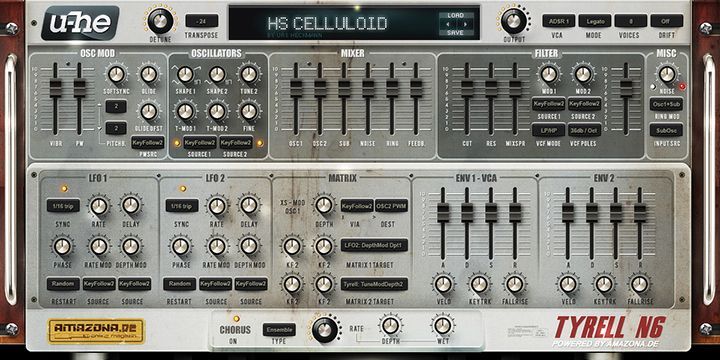
U-he and the German online magazine Amazona.de have teamed up to offer a stellar analog modeled synthesizer. Based on a design similar to Roland’s classic Juno 60, the Tyrell N6 is a great analog synth that delivers that vintage sound we’ve come to love.
Audio Damage | FuzzPlus 3
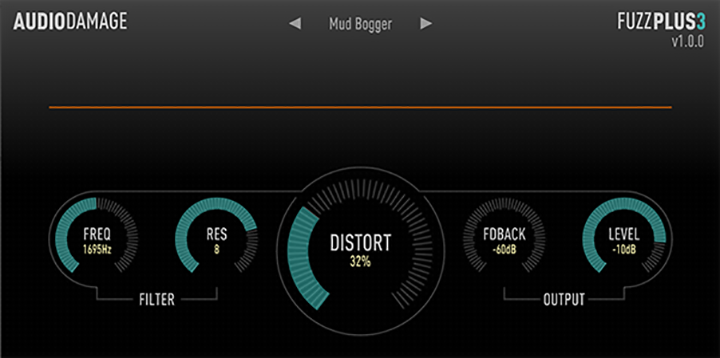
Back by popular demand, Audio Damage has overhauled their popular FuzzPlus series. Featuring the same much-loved vintage fuzz pedal model, plus a new filter, self-feedback, and a modern procedural user interface, FuzzPlus 3 is certainly a great addition to any producer’s toolset.
MeldaProduction | MAutoPitch
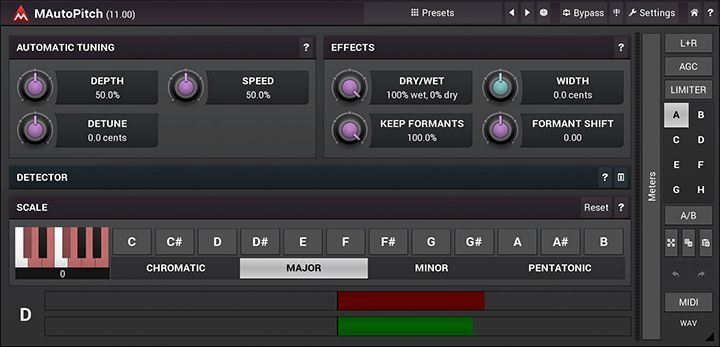
MAutoPitch is a simple but great sounding automatic pitch correction plugin designed for vocals and other monophonic instruments. Besides making the audio more in-tune, MAutoPitch also provides creative features such as formant shift and stereo-expansion. It is quick, easy to use, and free!
Xfer Records | Delta Modulator
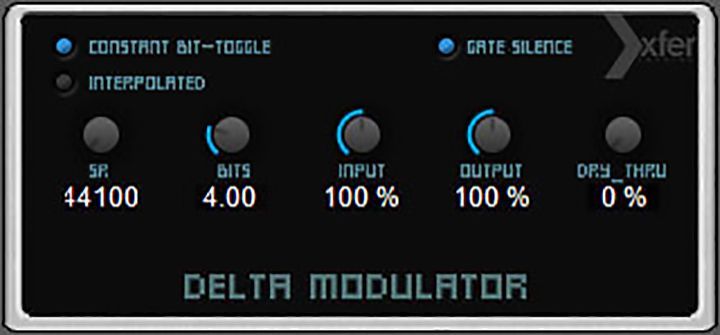
Xfer Records is offering a free bitcrusher plugin called Delta Modulator which is based on a signal modulation technique found in Nintendo NES video game console’s delta modulation channel.
Klanghelm | MJUC Jr. Compressor
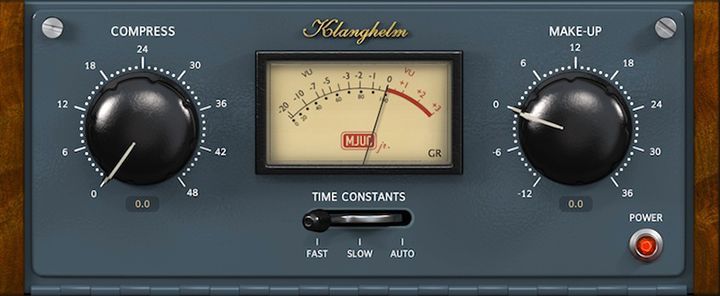
Klanghelm’s MJUC Jr. is a simple and elegant compressor capable of delivering everything from smooth leveling to heavy pumping effects. MJUC Jr. captures features from Mk1 and Mk2 of its big brother MJUC. It also combines the natural, dense compression characteristics of vintage variable-tube compression used in the early 1960s with a more forward sounding approach that produces even more musical harmonics.

Turn your passion for music into a Profession: Learn more about our Music School Programs!
MORE ARTICLES FROM THE ICON BLOG

FIND YOUR SOUND, HONE YOUR CRAFT:
Are you ready to turn music into a career? ICON prepares students to become music producers, composers, performers, recording artists, professional DJs, and entrepreneurs in the entertainment industry. Click below to get information about our award-winning programs:

